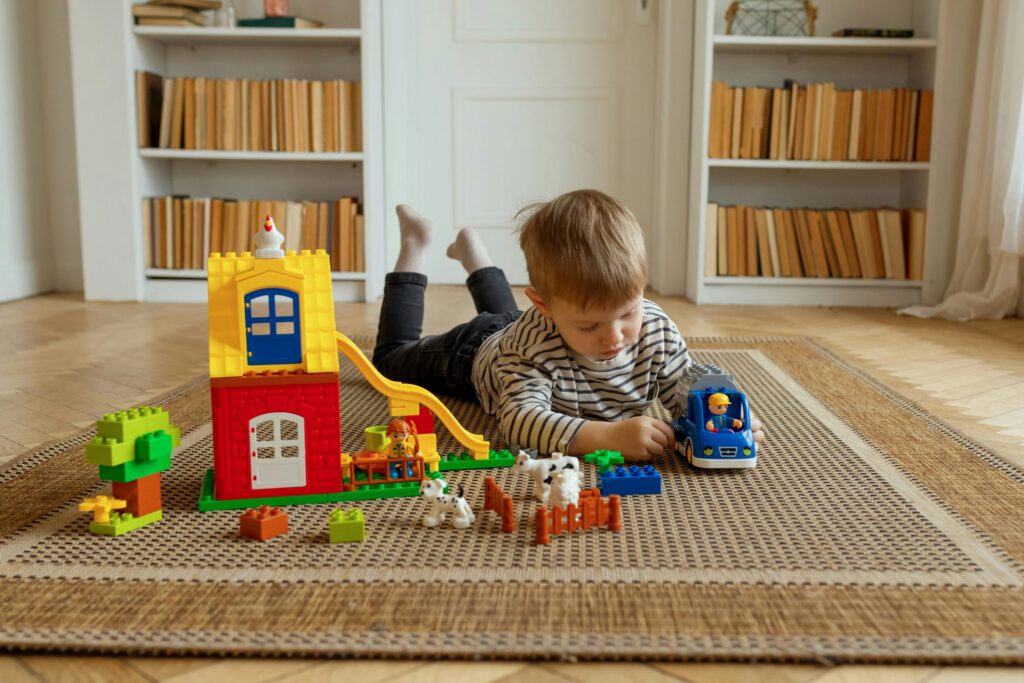Keeping young children engaged throughout a face-to-face ABA therapy session can be challenging, which is exacerbated when implementing telehealth ABA therapy. Many behavioral health practitioners use telehealth services to provide ABA services, but it has its own hurdles and benefits.
Is it possible to keep a young child engaged within the context of virtual health sessions? These are just some of the best strategies to ensure that young children can reap the many benefits of telehealth from ABA practices.
Properly Introduce Children and Caregivers to the Telehealth Process
Children and caregivers who are new to telehealth will be unfamiliar with the session’s setup and how to use the technology. It’s vital to explain everything to them clearly and give them a comprehensive introduction to what to expect. Explain to children that it’s similar to technology they might be more familiar with, such as FaceTime, which could make them more comfortable and interested in using it.
Be Creative and Build Rapport Before Starting Sessions
It will be much easier to hold a child’s attention throughout the telehealth session if they know and trust their clinician beforehand. Try to be fun and creative in engaging their interest. Show them your workspace or office over the camera, and they can do the same for you if they would like. Show them any pets that you might have, art you’ve been working on, or a project you’ve completed.
Allowing children a look into your life builds familiarity and rapport, and they are more likely to feel connected with you before you start your sessions. Children are more inclined to listen and engage during ABA therapy telehealth sessions if they already have a relationship with the person on the other side.
Involve Caregivers
Involving caregivers during telehealth sessions (where appropriate) can greatly influence a child’s engagement. They can point to the screen, ensure children remain in the camera frame, and help refocus their attention if it wanders. Of course, it also allows caregivers to see and learn some therapeutic techniques that benefit their child. It has the added benefit of giving you a glimpse into their home environment, which isn’t possible with in-house one-to-one sessions.
Be Creative With the Platform’s Capabilities
Telehealth programs are becoming increasingly popular, and their technology constantly evolves and improves. Use your platform’s capabilities to create a captivating learning experience. Work through handouts together, screen share, and ask them to show you their work. Explore the features of your platform for new and exciting additions, such as sharing a virtual whiteboard and more. Children tend to respond well to technology, which you can use to your advantage.
Ensure Optimal Session Frequency and Length
You need to be flexible about session frequency and length. Children respond to sessions in their individual ways, and while one child might be happy with a certain duration, others might need breaks, and some might need shorter sessions. Determine how a child is responding during the first few sessions. If they’re drifting off at a certain point or only respond well to a session occasionally, then it’s worth considering a different schedule.
Make the Sessions Fun
There are various tele-ABA service activities that you can use to keep a child engaged. Some of these activities require caregivers to have some materials at home, but all are great ideas for keeping a child’s attention on the task at hand.
- Legos: Use verbal or visual instructions to direct the child to build something out of Legos or ask them to use a particular color. Not only is this fun for children, but it also works on their visual and fine motor skills, and they’ll need to follow directions.
- Screen share flashcards: Most modern telehealth platforms allow you to share your screen. Share specific learning targets with the child and ask them to describe what they see. This is a more immersive way of getting them involved rather than showing them flashcards from across the screen.
- Simon Says: A favorite of children worldwide, Simon Says is a great way to ensure a child’s engagement. It facilitates communication skills, following directions, social skills, and more. Take turns giving the instructions to keep the child engaged.
Positive Reinforcement
As always, it helps to add a little reinforcement to the mix. Tangible rewards like tokens, praise, access to video games or toys, and whatever the caregivers deem appropriate are excellent ways to keep their attention for the session.
Let Missing Piece Handle Your ABA Telehealth Billing
At Missing Piece, we work with various behavioral health providers, managing and supporting complex medical billing that can save your practice time and money. Our experts deliver comprehensive medical billing services for in-person and telehealth sessions, allowing you to focus on what matters most—providing your clients with the best level of care and therapy.
Contact us to learn more about our medical billing services and how we can help your practice today.


